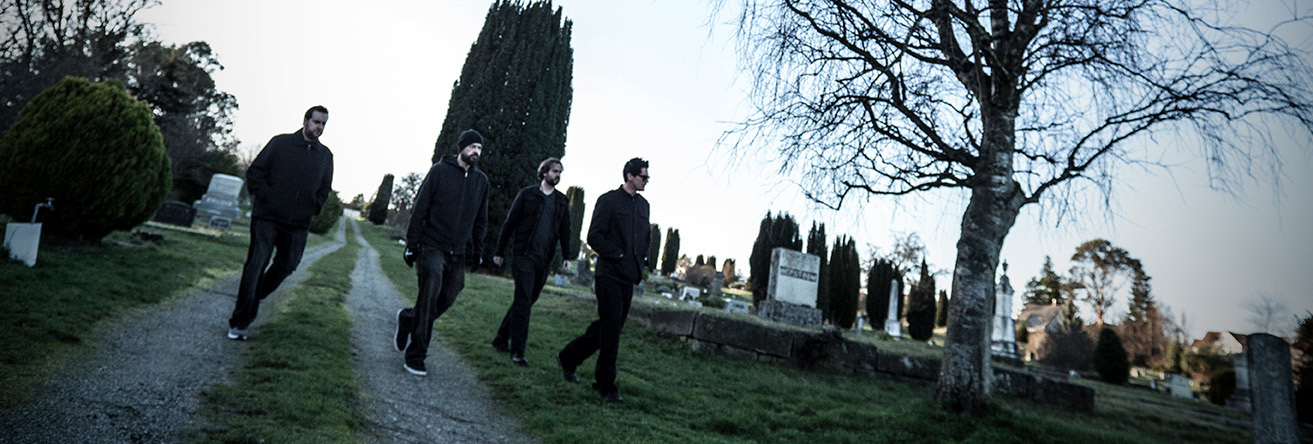
Ghost Adventures: Shooting Specters
Executive producer Zak Bagans, cinematographer Jay Wasley, and operators Aaron Goodwin and Billy Tolley investigate allegedly haunted locations around the world on Travel Channel's Ghost Adventures.
Unit photography by Ashley Wasley, courtesy of Travel Channel
Additional images by Aaron Goodwin
It all started in an apartment near Detroit. Zak Bagans, then a film student at the Motion Picture Institute of Michigan, had a ghostly encounter that sent him on a quest to prove the existence of the paranormal.
Teaming up with camera operator Aaron Goodwin, Bagans set out to investigate supposedly haunted locations throughout Nevada for the 2004 documentary Ghost Adventures.
Shot with a Panasonic AG-DVX100A and onboard lights, the documentary won the Grand Jury Prize for Best Documentary Feature from the New York International Independent Film and Video Festival in 2006 and first aired on the Sci-Fi Channel the following year. Travel Channel then commissioned a weekly series of the same name. Bagans continues to serve as the executive producer, director and lead paranormal investigator for the show, which is currently in its 12th season.
Each episode of Ghost Adventures is presented as a short documentary focused on a single location. The first half of the episode covers the history and eyewitness accounts of the location’s hauntings, with on-site interviews, re-enactments and b-roll footage; the second half comprises the footage captured by Bagans and his team during their overnight investigation.
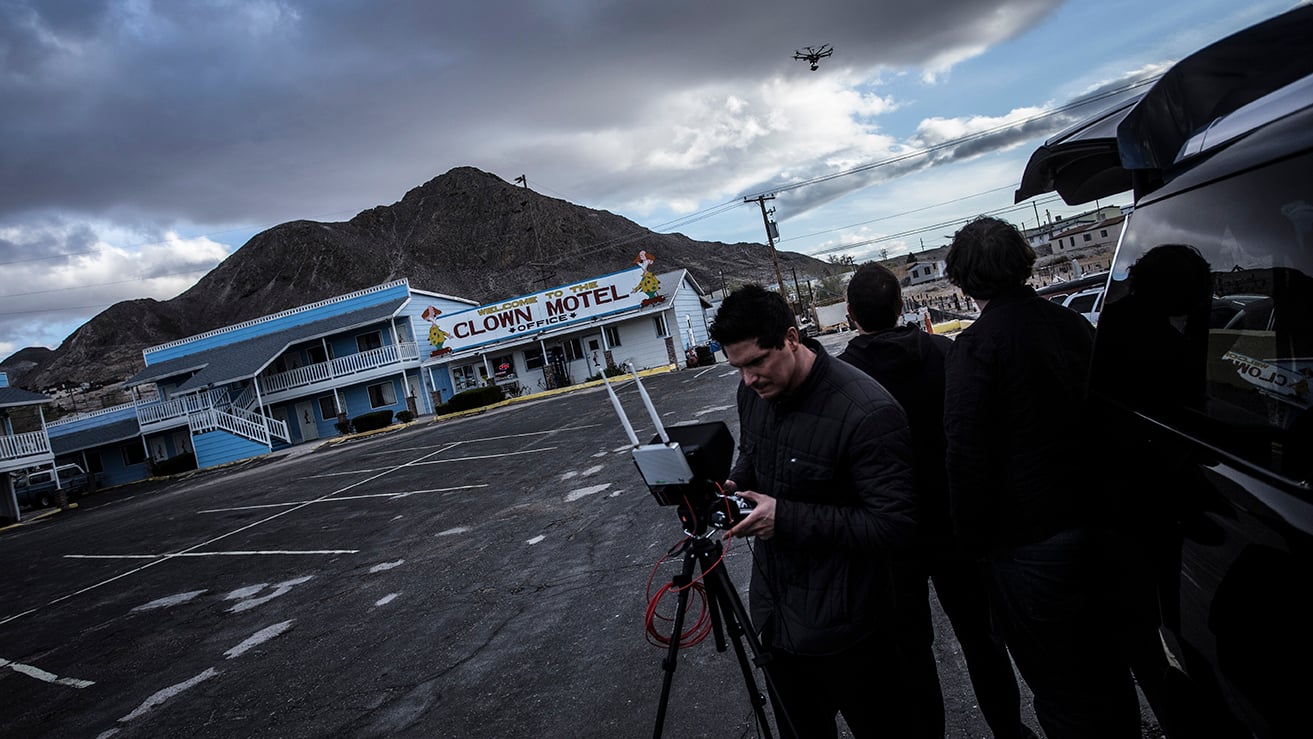
Under Bagans’ direction, the series’ style and production value have continually evolved. “Each location we investigate has its own unique story and energy that I absorb,” he explains. “I then interpret that experience into the tone of each episode. For the first half of the show, the re-enactments create the mood and buildup. Then we take the viewers on the ‘lockdown’ with us, as we share our passion for the raw, bare-bones investigating of the paranormal.”
One of Bagans’ chief stylistic inspirations is director Terrence Malick’s The Thin Red Line, shot by John Toll, ASC (AC Feb. ’99). “Malick took scenes of brutality and then hit you with a contrasting philosophical narration over long, drawn-out shots of Mother Nature,” Bagans describes. “These narrations with the visuals metaphorically speak to the deeper spirit of life, no matter the situation. So when I’m at a location and I’m hearing that 200 people died from tuberculosis in this sanatorium, I’ll stop for a moment and do these shots of Mother Nature, the trees swaying, the overcast sky. We assemble these images together to convey a philosophical thought through a very moody, tonal narration so the audience can really feel what I’m feeling and see what I’m seeing when I’m there.”
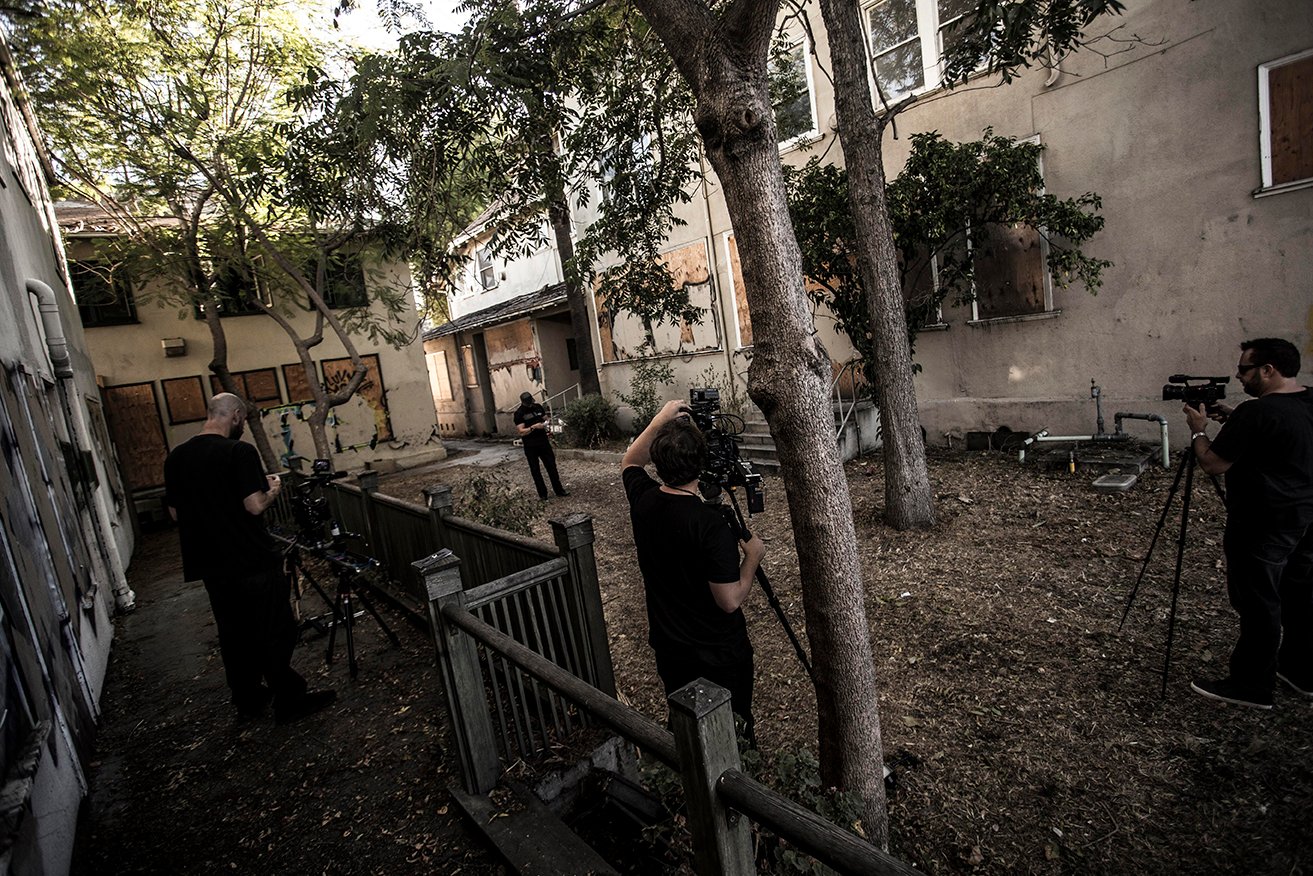
Every location presents a unique story that thrusts the crew into a rigorous, fast-paced, run-and-gun production schedule without a script to serve as a guide. Bagans first receives a one sheet from researcher Jeff Belanger with a brief description of the location and the names of the people he will interview. From there, the story is developed once the crew arrives at the location.
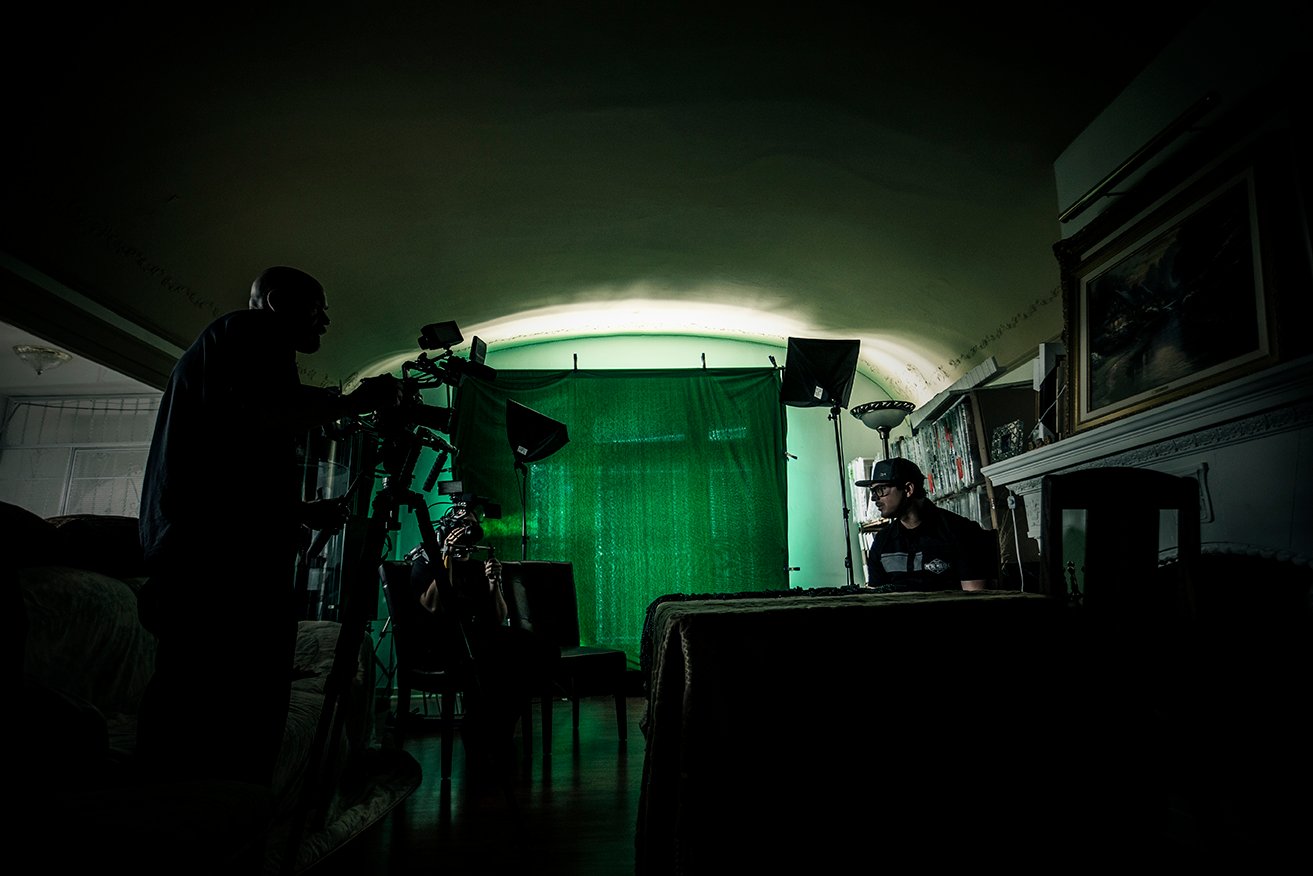
The production is divided between two crews. Bagans runs the A crew — which focuses on the interviews and the “lockdown” investigations — with cinematographer and audio-visual tech Jay Wasley on A camera, Goodwin on B camera and Billy Tolley on C camera. The B crew is led by one of four producer-editors, working alongside cinematographer Mike Stodden, who operates the main camera for the B crew, and Louis Zieja, who handles the second camera. The B crew focuses on re-enactments and b-roll footage.
The A crew and the producer arrive at the location first to conduct the interviews for the top of the show. Goodwin and Wasley each operate a Canon Cinema EOS C300, recording to CompactFlash at 23.98 fps and 1920x1080 resolution, and paired with a variety of Canon L-series zoom lenses. When needed, they light the scene using portable, battery-operated Ikan IB508-v2 Bi-Color LED fixtures. “Those are definitely our go-to lights,” explains Wasley. “You can take them to locations and not have to worry about a power source. They’re small, compact and easy to set up. And their color balance is adjustable, so you can easily go from daylight to tungsten. We also usually travel with a small Arri kit that includes a couple 300s and a 650.”
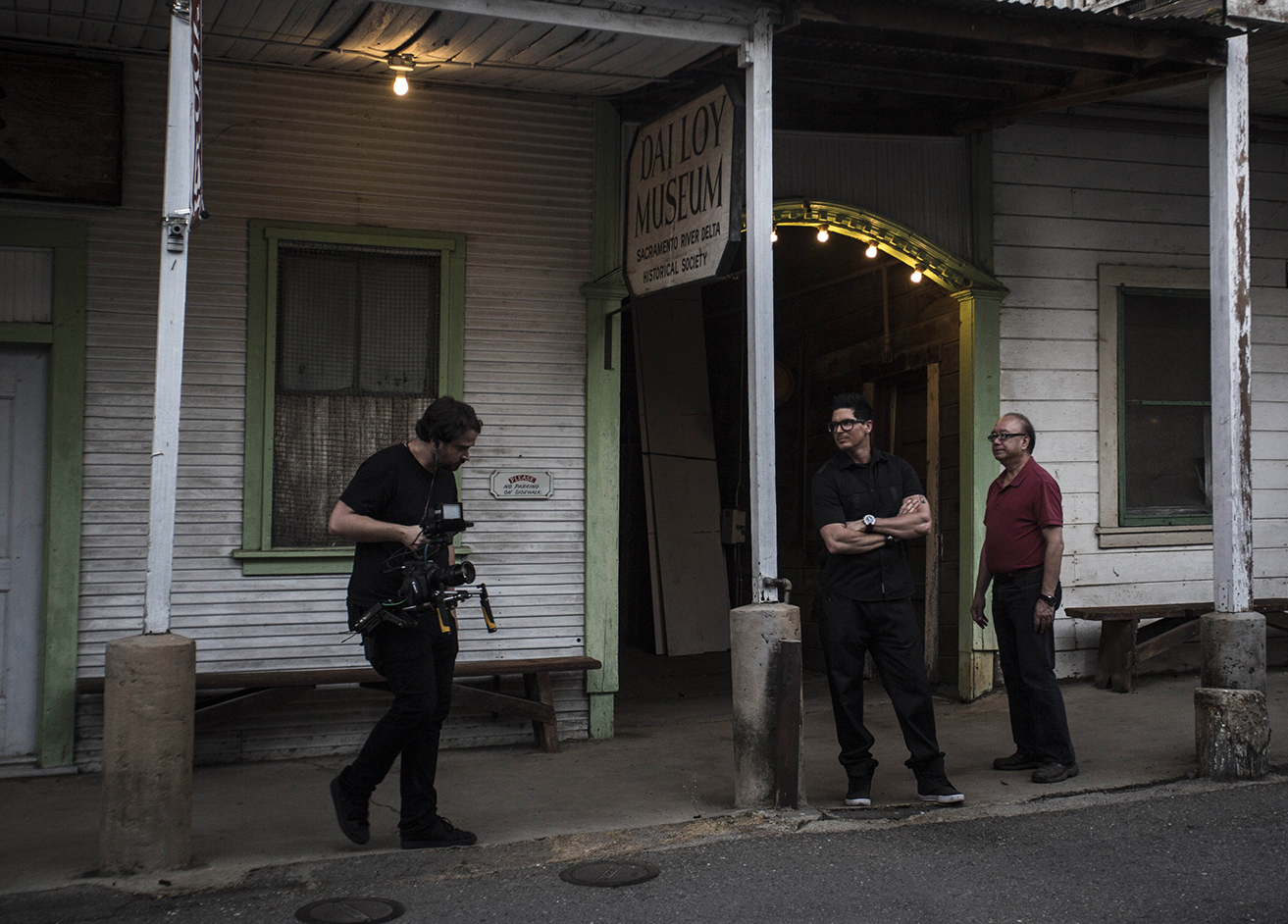
Wasley and Goodwin both use customized shoulder mounts. “I like to call it a ‘Frankenstein rig,’” explains Wasley. Goodwin adds, “We take different pieces from different mounts [and] customize it into what is right for us. Mine is customized so I can set the camera in any position and use [the rig] as a tripod on the ground if I need to. We’re on the fly and we don’t know what’s going to happen until we get there, so it helps to have equipment that works with our guerrilla style.”
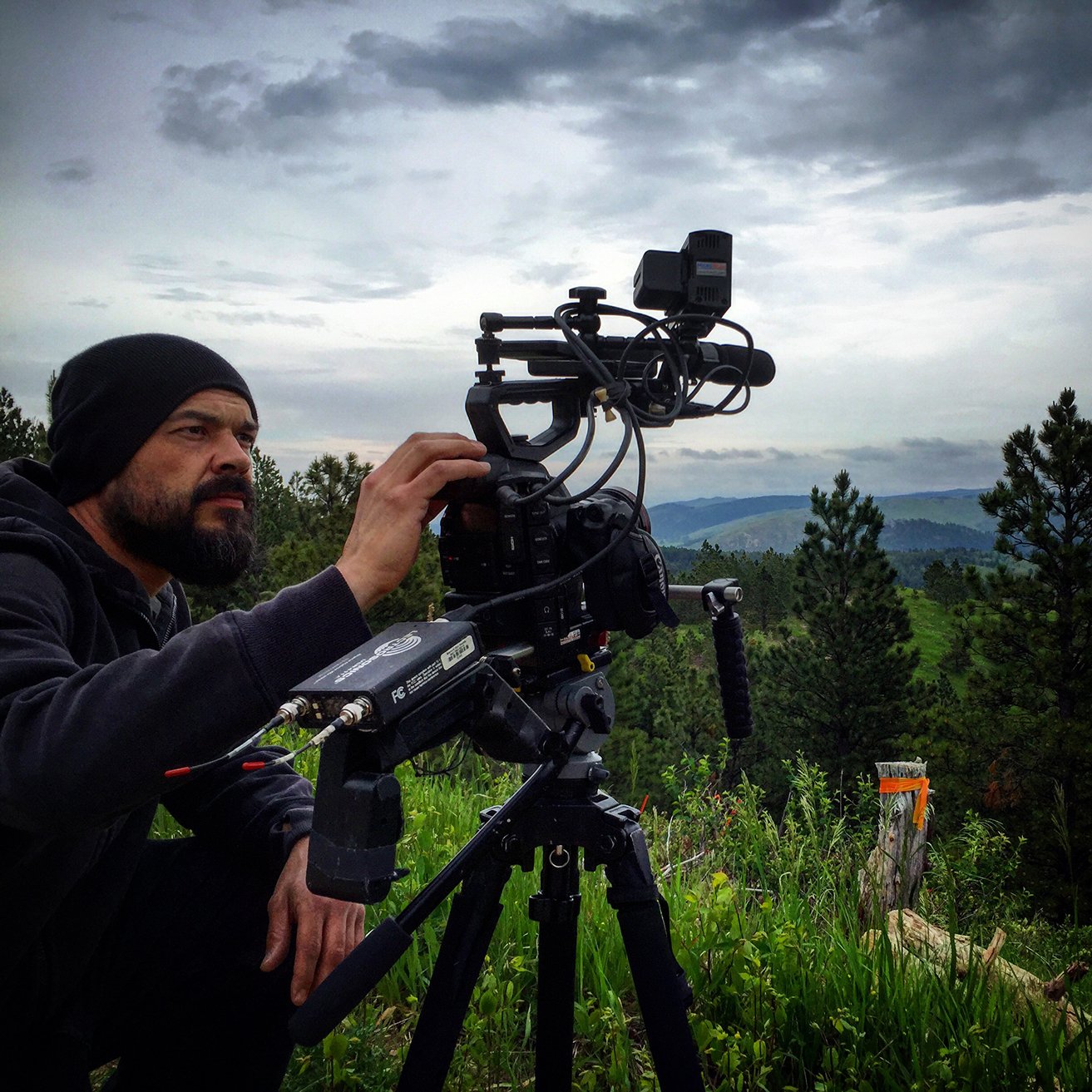
For the C camera, Tolley uses a Canon XF105, again recording 23.98 fps, 1920x1080-resolution files to CompactFlash. “During an interview, I’m like a free-floating creeper,” he explains. “I’ll literally get in a bush and rack focus from the leaves in the foreground to what’s going on in the interview, creating a POV shot that looks like you’re creeping into the conversation.”
Tolley also serves as the main aerial photographer. “Over the past three years we have been using drones,” he reveals. The crew started with DJI’s Phantom 1 Professional drone fitted with a GoPro Hero3 camera, and the production recently upgraded to a Phantom 3 Professional; the newer model uses a proprietary camera that shoots up to 4K — although the crew typically records 1920x1080 files on miniSD cards — with an iPad Mini as a monitor. “You actually see what the drone is capturing on the iPad,” Tolley adds. “It gives you all kinds of flight specs, tells you the altitude, overlays a map with GPS — and you can do all kinds of tracking shots.”
Tolley also uses his personal DJI S1000 octocopter with a mounted Canon EOS 5D Mark III — shooting 1920x1080 footage at 24 fps to SD cards — on some of the episodes. During the season-11 episode “Grand Canyon Caverns,” the octocopter was used for a shot that flies over the Caverns Inn sign and captures the crew driving into the location in classic cars; Tolley used it again for the episode “Clown Motel and Goldfield High School,” to capture footage of the motel and aerials of the neighboring cemetery.
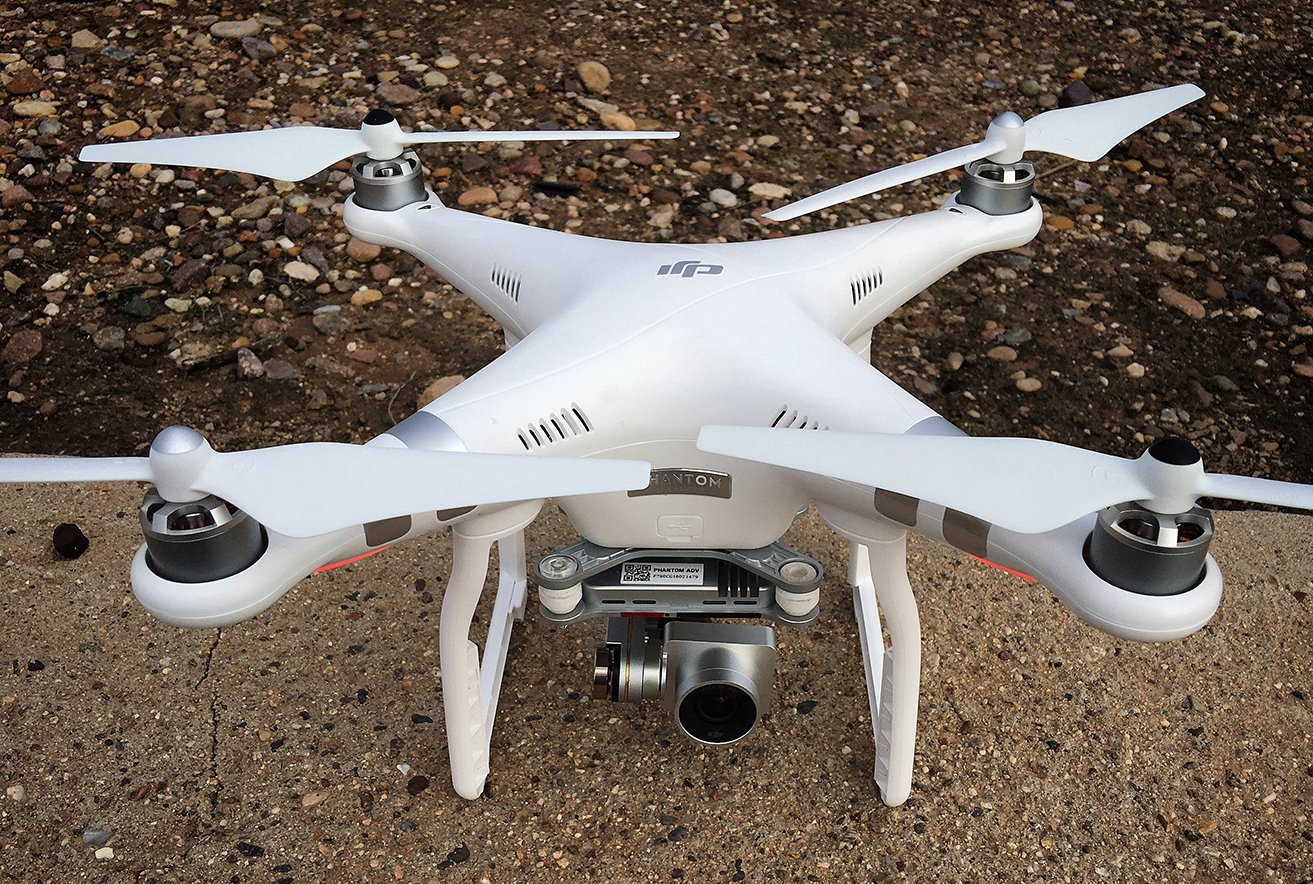
Upon arrival at the location, the B crew’s first order of business is to conduct a walk-through with the producer, during which they discuss the b-roll and re-enactments that will need to be captured based on Bagans’ interviews. “Every location is different and presents a unique set of challenges,” Stodden explains. “There is no formula for shooting. You have to absorb as much of the environment as you can; you really need to be in a highly creative, intuitive place on every shoot. We have a very short period of time [two days] to get all these shots.”
The original style for the b-roll and re-enactments was developed by the show’s first cinematographer, Christian Hoagland, along with Bagans and the producers at MY Entertainment. Stodden came aboard as a director of photography during the third season and has been with the show ever since. The style, he says, “continues to evolve as we try new techniques and incorporate more creativity into the B-roll and re-enactments.”
Stodden adds that he’s heavily influenced by Owen Roizman, ASC’s cinematography for The Exorcist (AC Feb. ’74). That film, he says, “gets referenced a lot. If a producer wants to give an example of what type of shot he wants, many times The Exorcist will come up.”
For Ghost Adventures’ 100th episode, the crew shot on location in the real St. Louis home where the events that inspired The Exorcist occurred in 1949. “It was a highlight of my career to be in the same house, in the same room where that story actually happened, re-enacting some of the events that actually took place in that house,” Stodden enthuses.
For the re-enactments, Stodden shoots with an EOS C300, recording 1920x1080 footage at 23.98 fps to CF cards, and using Canon L-series zooms. Zieja predominantly shoots with a 5D Mark III while capturing time lapses, b-roll footage and additional re-enactment shots as needed. Both also use a Sony NEX-FS700U, especially to capture slow-motion shots at 120 fps and greater; the FS700 records 1920x1080 footage at 23.98 fps to SD cards. Additionally, they carry a Canon EOS 60D and will even employ an iPhone — using an Olloclip lens system — if it gets them the shot they need. For filtration, which is used as necessary when exterior conditions call for it, they have a polarizer and a set of graduated ND filters.
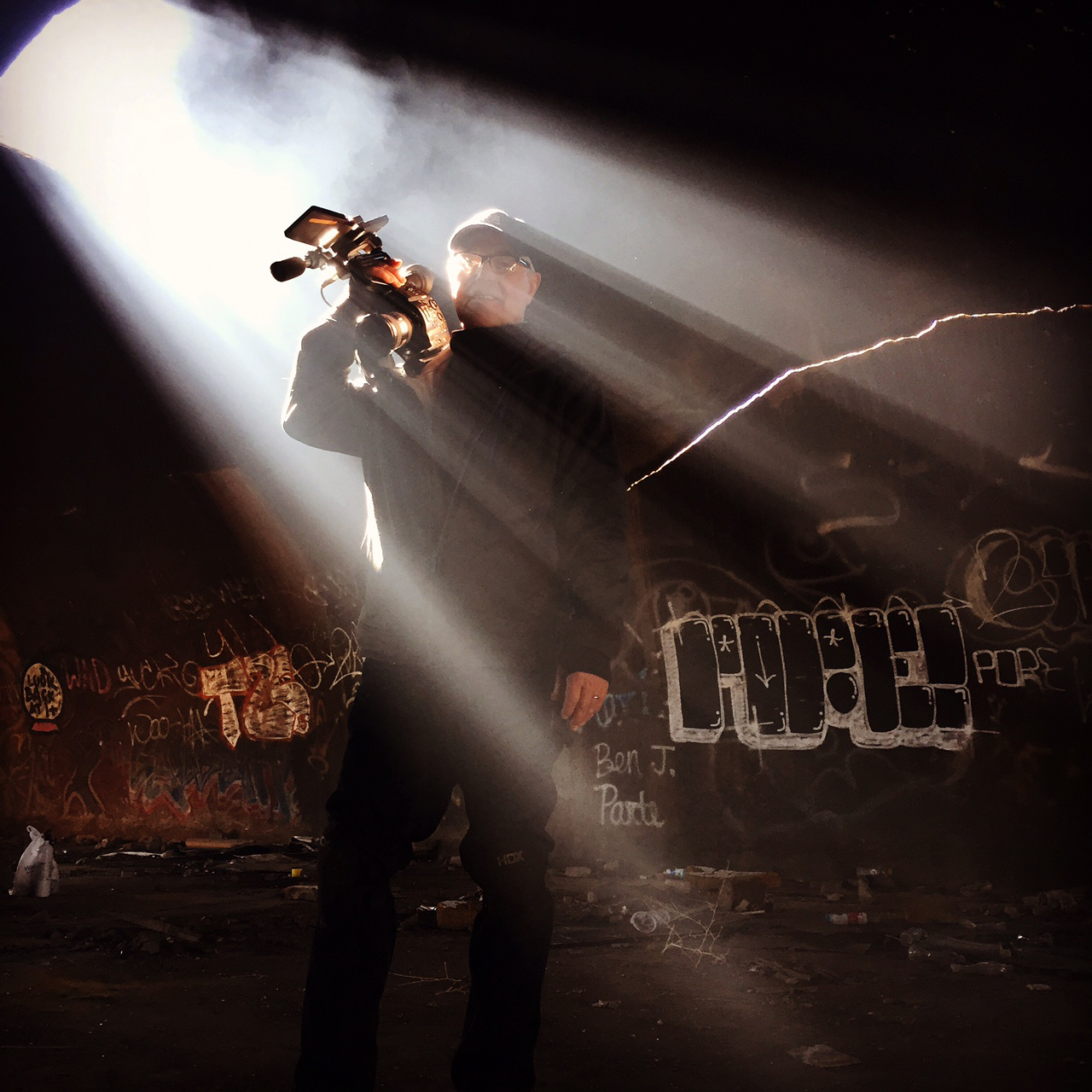
When producer and supervising editor Joseph Taglieri runs the B crew, he brings his Sony a7S II camera, with which the crew records at 4K to SD cards. The a7S II is regularly fitted with a Sigma 24-105mm (f4) DG OS HSM zoom lens with a Canon EF mount; Taglieri also carries a Tokina 11-16mm (f2.8) zoom, a Canon EF 100mm Macro (f2.8) and a Lensbaby. At press time, the production was planning to add a Sony PXW-FS7 to the B crew’s camera package.
Like the A crew, the B crew carries an Arri lighting kit with two 650-watt and two 300-watt tungsten units. Stodden’s lighting package also includes two Litepanels 1x1 Mono LED Daylight Spots, one Litepanels MiniPlus Daylight Spot dual kit, and a Pepper light kit that includes four 150-watt units with dimmers.
To facilitate camera moves, Stodden and Zieja often employ Dynamic Perception’s Stage One and Stage Zero motorized sliders. Stodden also likes to use a saddlebag for quick slider moves across smooth surfaces such as hardwood floors or bannisters.
Once the B crew gets its footage and leaves the location, the A crew prepares for its lockdown. For this portion of the shoot, Wasley places four Canon XF105s on robotic heads; the cameras are fed back to a “nerve center,” where Wasley monitors and controls each of them throughout the overnight shoot. (The XF105s record 29.98 fps, 1920x1080 footage to CompactFlash cards.) Additionally, Bagans and his team use Sony HDR-PJ710Vs and HXR-MC50Us as “X cameras” inside the location, capturing 29.98-fps footage at 1920x1080 to SD cards. They also have a GoPro Hero3+ (which records 1080p files to microSD) and a Canon EOS M2 (which records HD files to SD cards) — both modified for full-spectrum shooting — as well as a Testo 885 thermal-imaging camcorder, which records to a tethered laptop.

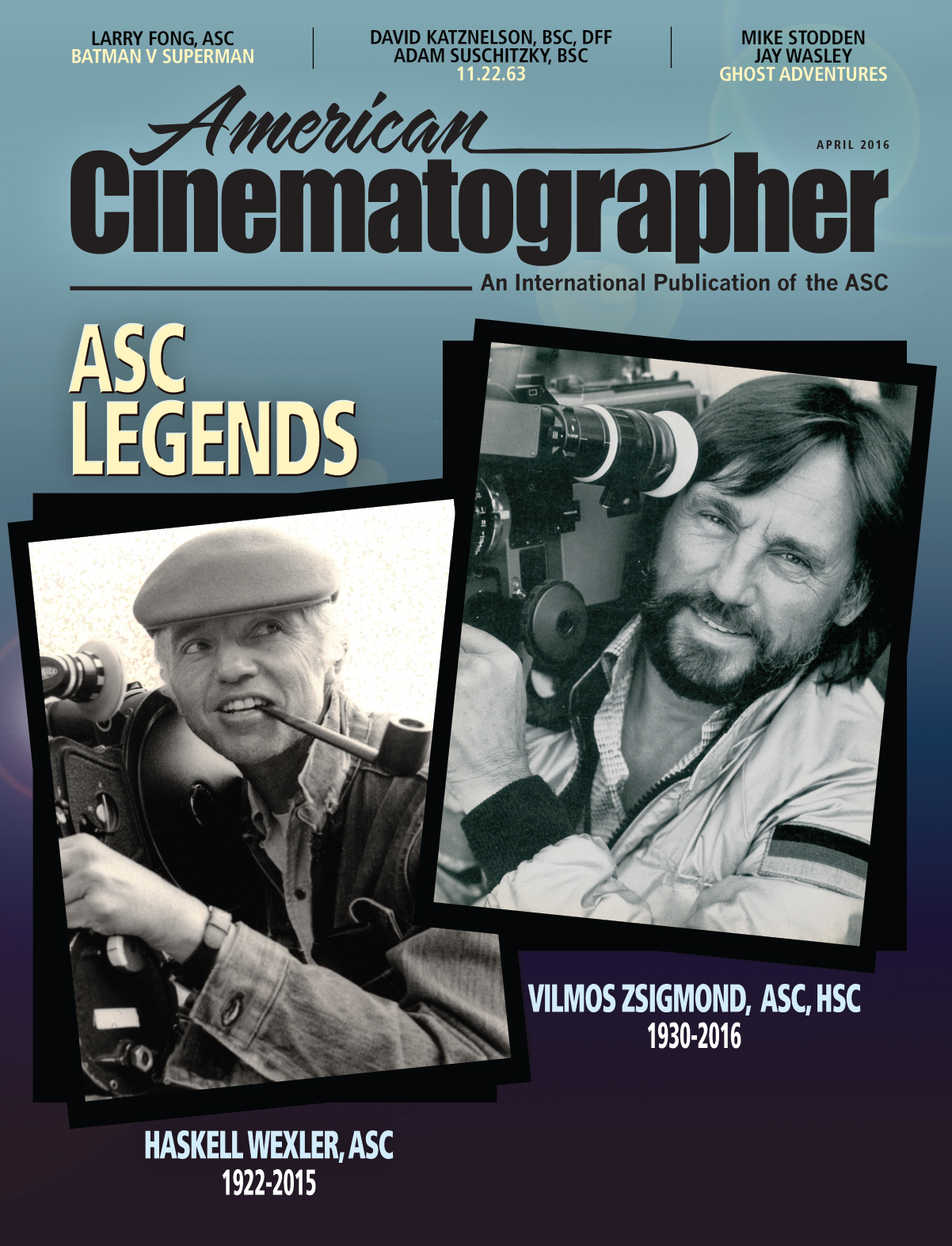
When the production returns to its home base in Las Vegas, Tolley serves as media manager, going through all of the lockdown footage and earmarking shots for Bagans’ review. Using Adobe Premiere Pro, Bagans and editor Devin Lawrence prepare the investigation portion of the show and then send it off to New York, where Taglieri adds it to his own Premiere Pro timeline, where he’s prepared the history portion of the episode. All color correction is performed via Premiere at Broadway Video in New York, and final deliverables are output at 1920x1080.
“Zak and the crew are extremely rigorous,” says Daniel A. Schwartz, executive producer for Travel Channel. “There’s a lot of discipline in how they put together the show and develop a look — and even change the look depending on the mood of the place. This is a passionate endeavor for these guys. They love it, and that is why it works.”
TECHNICAL SPECS
| Aspect Ratio | 1.78:1 |
| Stock | Digital Capture |
| Cameras | Canon Cinema EOS C300 |
| Canon Cinema EOS 5D Mark III | |
| Canon Cinema EOS 60D | |
| Canon Cinema EOS M2 | |
| Canon Cinema XF105 | |
| Sony NEX-FS700U | |
| Sony HDR-PJ710V | |
| Sony HXR-MC50U | |
| Sony a7S II | |
| GoPro Hero3 | |
| GoPro Hero3+ | |
| Testo 885 | |
| Apple iPhone | |
| Lenses | Canon |
| Tokina | |
| Lensbaby |
For access to 100 years of American Cinematographer reporting, subscribers can visit the AC Archive. Not a subscriber? Do it today.






